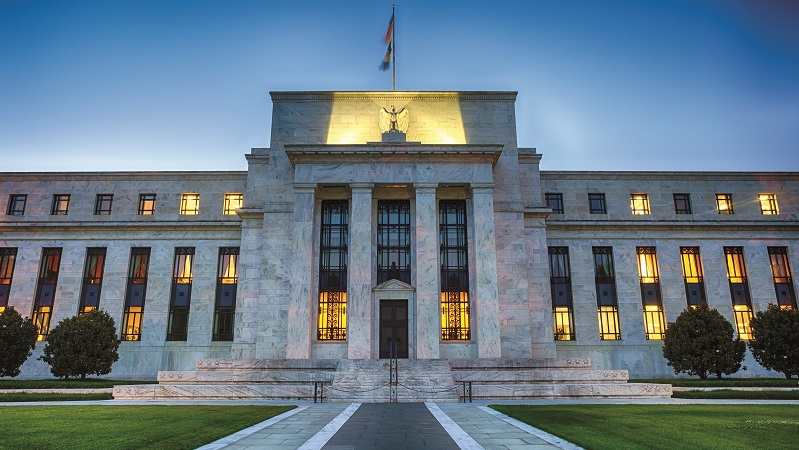The US Consumer Price Index (CPI) rose 7.7% in the 12 months to October, a 0.5 percentage point decline from September. This marks the lowest figure for inflation since January’s 7.5%.
Although inflation remains way above the Fed’s 2% target, October’s figure is lower than the 8% forecasted by the Federal Reserve.
Industry commentators greeted the latest data with cautious optimism that October’s figure could be the start of a more meaningful drop in the months ahead.
Stuart Clark, portfolio manager at Quilter Investors, says: “Inflation in the US has once again fallen, giving some momentum to the idea that the worst is now behind us. The rate is lower than expectations and this will provide some relief to consumers and the wider market, however it is worth noting food and shelter is still increasing, so not completely out of the woods yet.
“Inflation also remains stubbornly high, however, and as such the Federal Reserve is going to remain in a hawkish mood for some time to come. The jobs market remains strong, so for as long as inflation is this elevated and the economy doesn’t completely grind to a halt, the market will have to wait for any indication of a pivot or pause from the central bank.”
Fed to remain hawkish but may slow rate rises
The central bank hiked interest rates by 75bps for the fourth consecutive time at the beginning of November as it continues its battle to beat down inflation.
Despite the encouraging decline of core inflation, which saw a 0.3 percentage point drop from September to 6.3%, the Fed is widely expected to continue its hawkish approach, with industry commentators anticipating a further 100bps of interest rate rises before the Fed may opt to pause its hiking cycle.
However, Kingswood chief economist Rupert Thompson suggests a 50bps rise is now more likely at the Fed’s next meeting on 13 December.
Willem Sels, global CIO at HSBC Private Banking and Wealth Management, adds: “The most important news comes from the bigger than expected fall in core inflation, which is the number the Fed is really focused on. Economists were hoping to see a decline but had been disappointed before, as core inflation has been annoyingly sticky.
“Some components of core inflation, such as transportation costs and price rises due to supply chain bottle necks and semiconductor shortages, had already been easing recently. But US services price inflation, including rents, leisure and entertainment prices had continued to rise. This is mainly because of strong labour markets, which have caused households to continue to spend.
“The decline in core inflation is a good first sign, but for markets to be certain that inflation will continue to ease, we will need to see some weakening of the US labour market from the very strong levels. The Fed has said before that it is willing to hike rates to the point where unemployment starts to rise in order to slay the inflation dragon.”
Sels continues: “We think the Fed will continue to hike rates to 5% and then keep them there throughout 2023 or even longer. It is only when the Fed finishes its rate hikes and the global economy is showing signs of stabilisation that equity markets can see a sustained bounce.”
According to Seema Shah, chief global strategist at Principal Asset Management, the decline in inflation will be received by “an equity market ovation”.
Shah says: “Not only is headline CPI back below its pre-Russia-Ukraine conflict level, but some details of the report suggest the long-awaited decline in inflation could now be underway. Owner’s equivalent inflation has been a key contributor to the inflationary surge but was meaningfully slower in October. If that can be maintained, Fed officials will really have something to celebrate.
“For now, however, despite both core and headline inflation easing, the best we can expect from the Fed is a downshift in the pace of tightening. A 50bps hike, rather than 75bps, in December is clearly on the cards but, until we have had a run of these types of CPI reports, a pause is still some way out. Let the market enjoy today, it still has another 100bps or so of tightening to commiserate.”










